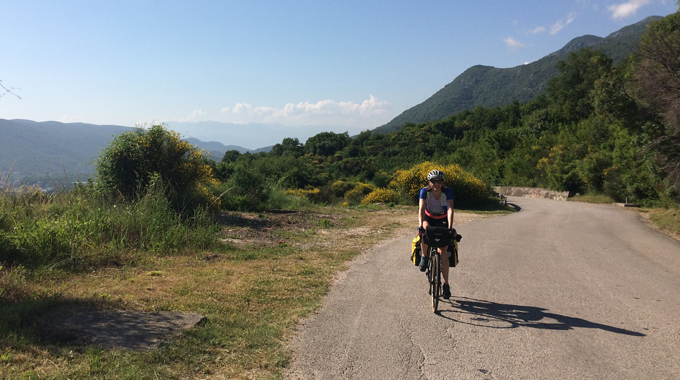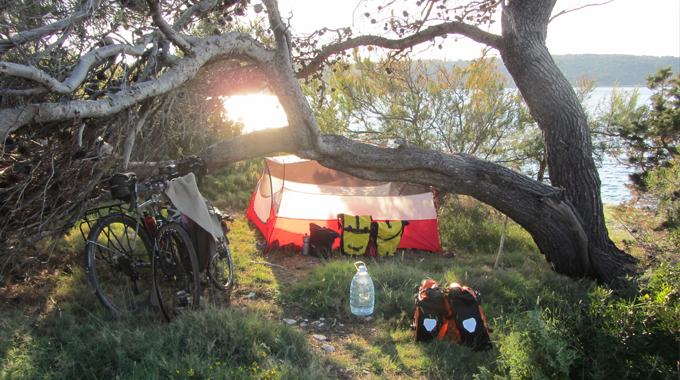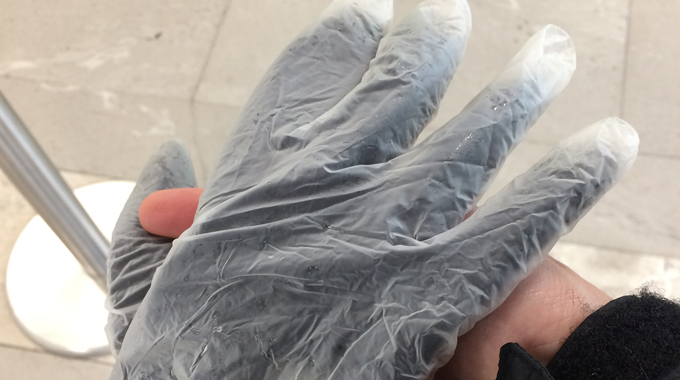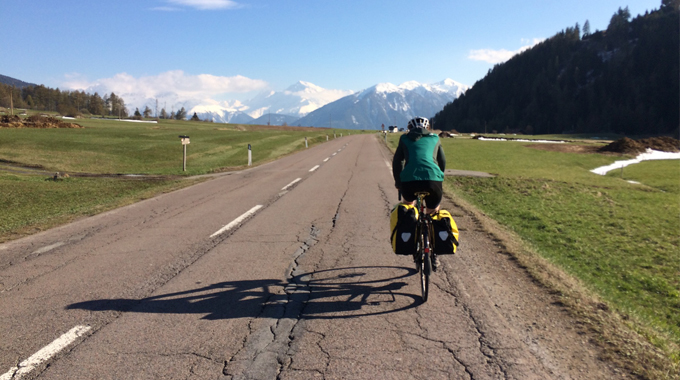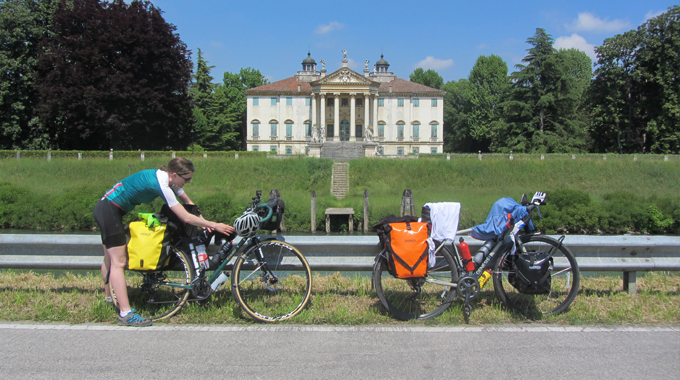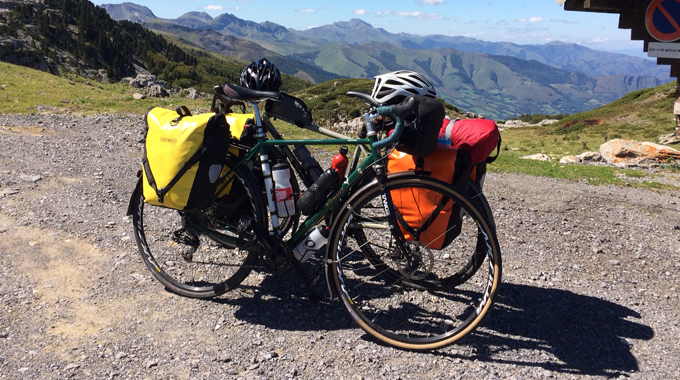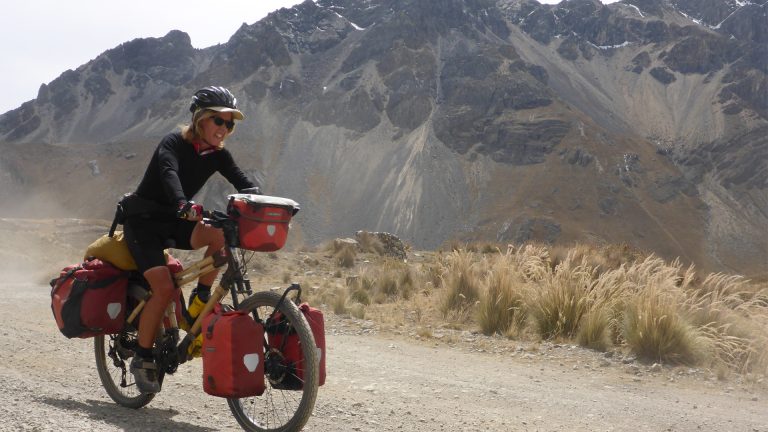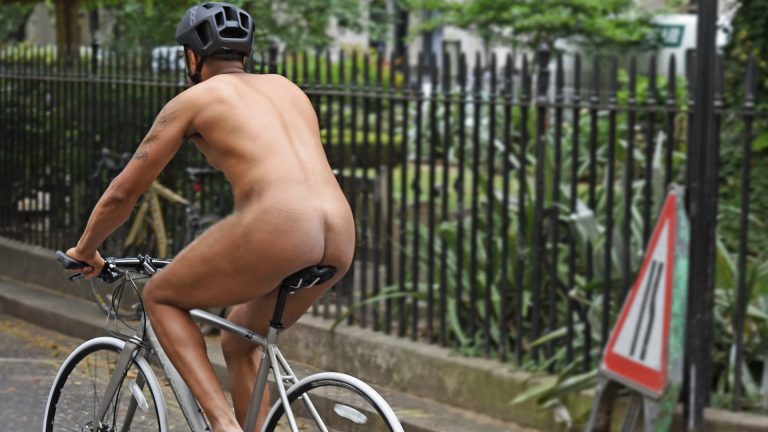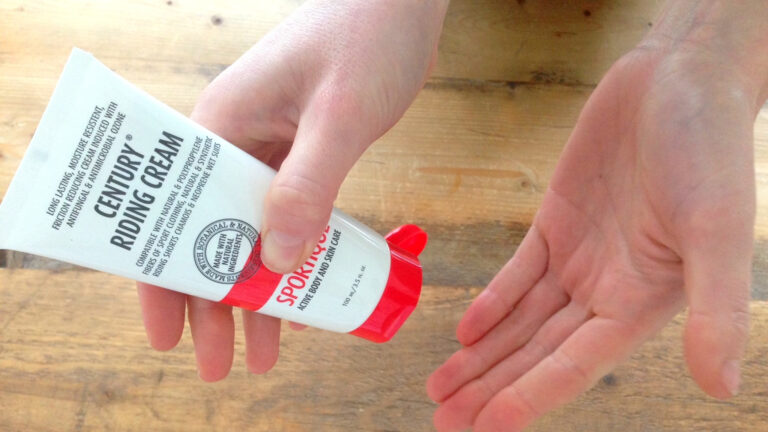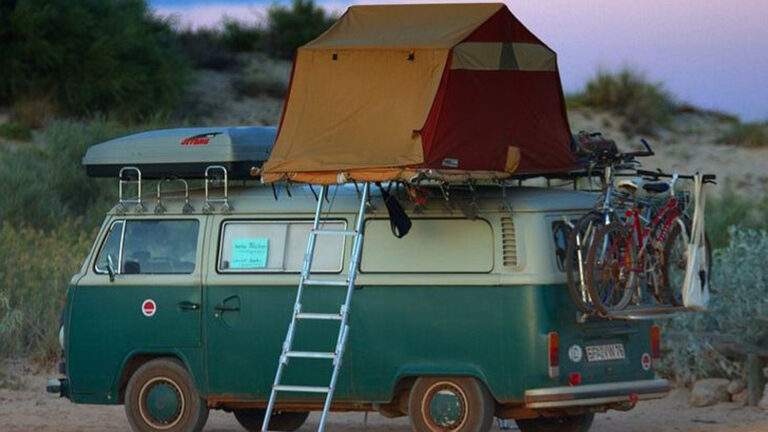Words by Sarah Lloyd
The tent flysheet hung over the bathroom door, the residue of the previous day’s downpour trickling into the plughole. The rain lashed down on the windows of the cheap hotel as we huddled under the covers, our bikes stowed inside a small courtyard. This wasn’t how long-distance cycle touring was meant to be.
When we first conceived of our international cycle adventure we envisaged long days in the saddle, breezing along country roads assisted by generous tailwinds, with relaxing nights stargazing and camping in the wild. We didn’t appreciate the energy which would go into addressing basic quotidian concerns, nor how a meditative rhythm and routine would come to surround our daily quest to find shelter, source food and wash and dry the limited kit in our possession. This is the tale of how we found freedom and beauty on a two-wheeled ride around Europe.
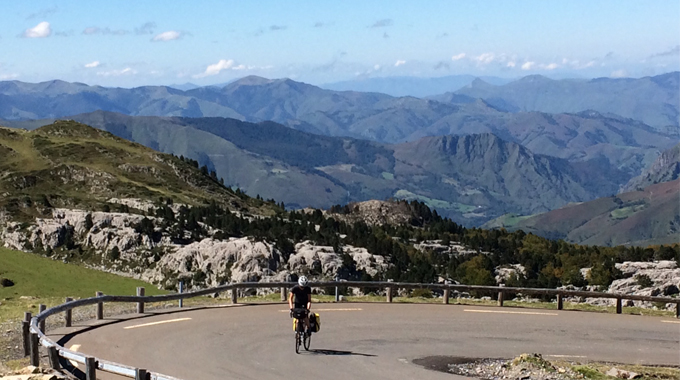
The idea of leaving the relative stability of our London lives and jobs had come to me and my husband a little while ago. Inspired by volunteering with refugees in France last year, we wanted to take some time out to help further afield in Greece where the crisis is most acutely felt.


